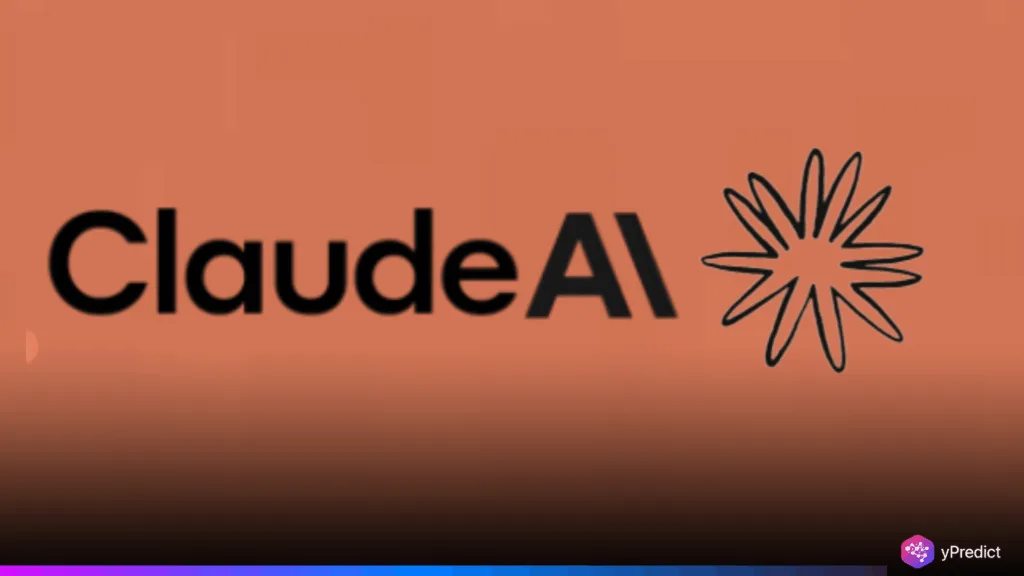
Anthropic’s Claude has taken a major leap in user interactivity and utility. With its latest update, Claude now supports file uploads for AI-powered Artifacts, enabling users to interact with a wider variety of content. This breakthrough allows users to analyze images, text documents, and PDFs directly within the Claude interface, opening new possibilities for content breakdowns, summaries, and deeper context understanding.
Whether you’re a researcher with lengthy PDFs, a designer with visual layouts, or a student needing help with scanned notes, Claude’s now acts as a smart assistant. The tool seamlessly blends file processing with intelligent responses, transforming static content into actionable insights. It’s not just a chatbot anymore; Claude is becoming a truly interactive workspace.
What Are AI-Powered Artifacts and Why Do They Matter?
Artifacts are interactive elements Claude creates in response to your queries. Now, this concept expands beyond plain conversation. You can upload a file, be it an image, a paragraph of text, or a full PDF, and Claude will generate a live, editable view or an intelligent summary.
This update turns it into more than just an answer generator. It’s a file analysis tool that understands context, highlights relevant parts, and lets you collaborate with the AI inside the document environment. This means you no longer need to copy-paste chunks of data. Claude works inside Claude, and that’s not just clever branding, it’s real functionality.
Upload Images, Text, or PDFs and Get Fast, Smart Responses
Claude’s AI-powered Artifacts simplify complex workflows. Need a visual breakdown of an image? Just upload it. Want a summary of a 30-page policy document? Drag and drop the PDF. Working with notes or scripts? Paste your text, and Claude will help edit, analyze, or translate instantly.
This streamlined upload process works across all supported formats. You can upload multiple files and ask questions about each, or request comparisons between them. Claude helps you detect patterns, extract key ideas, or even reformat content. Its real-time responses give it an edge over traditional tools.
For example, if you’re a lawyer analyzing contracts, Claude can flag critical clauses. If you’re in marketing, it can pull out brand mentions or tone inconsistencies. The possibilities grow with every document you drop in.
Interactive, Intelligent, and Intuitive
Anthropic’s decision to let Claude analyze files using AI-powered Artifacts reshapes how we think about AI chat interfaces. Instead of only replying in words, Claude becomes part of the working environment. You see a file preview, and the AI helps you edit, refine, or understand what’s inside, all without switching tabs or tools.
This tight feedback loop feels intuitive. It’s like having a second brain inside your browser. And the responsiveness feels human, not robotic. It allows users to control how deep the analysis should go. You can keep it surface-level or prompt Claude to dig into specifics, charts, or visual content.
Claude AI Features Just Got More Competitive
With this launch, Claude’s AI features take a step closer to becoming a full productivity suite. While OpenAI’s ChatGPT and Google’s Gemini offer multimodal capabilities, Claude now competes on depth of interaction. The file analysis tool doesn’t just convert formats, it understands them.
Its ability to digest large files, retain structure, and respond accurately makes it especially useful for professionals, educators, researchers, and students. Claude’s contextual understanding, tone detection, and summarization accuracy give it a real-world edge.






